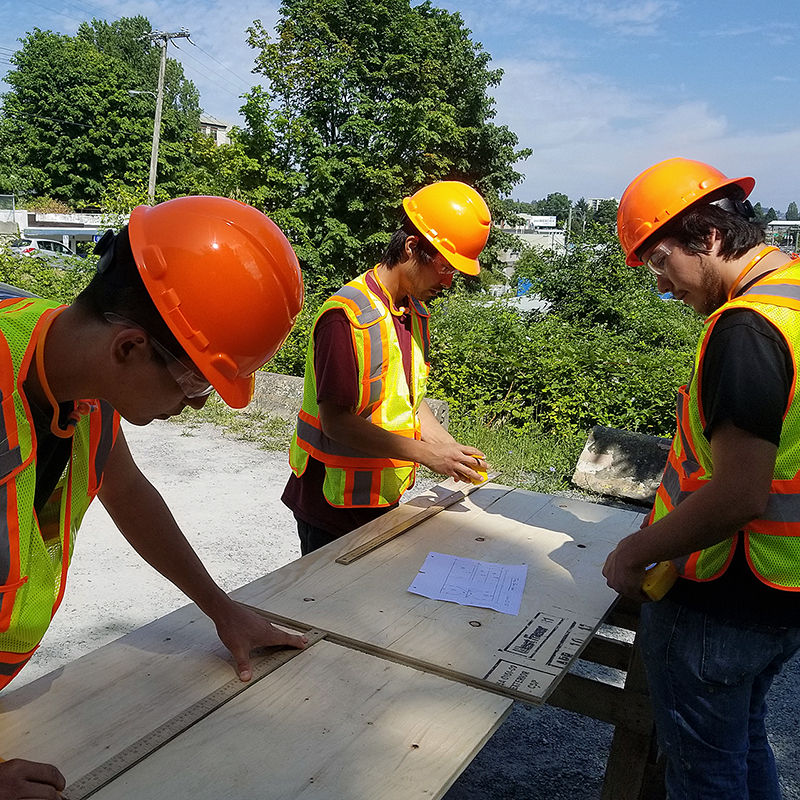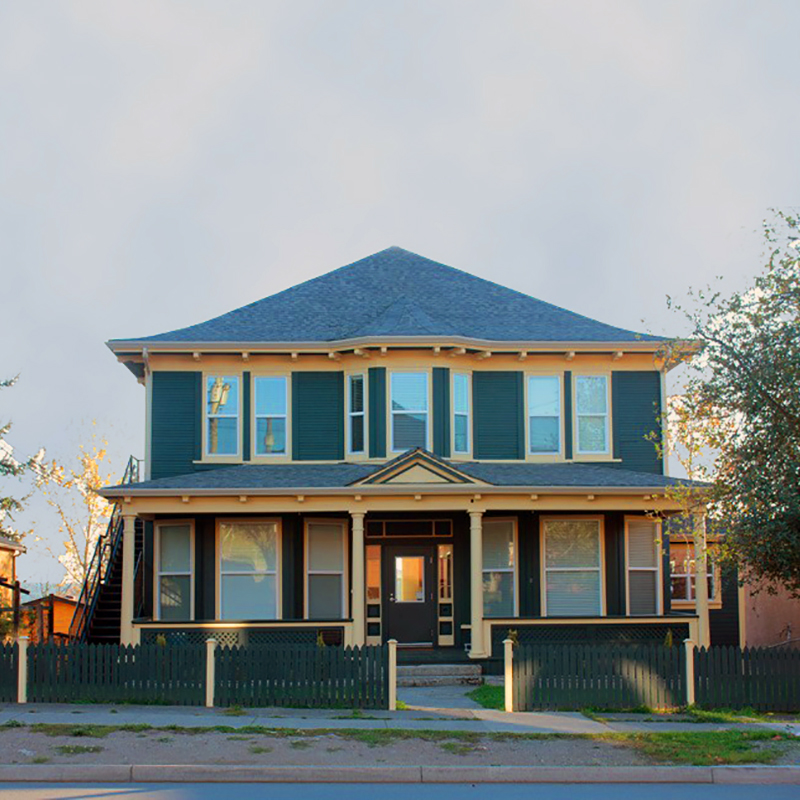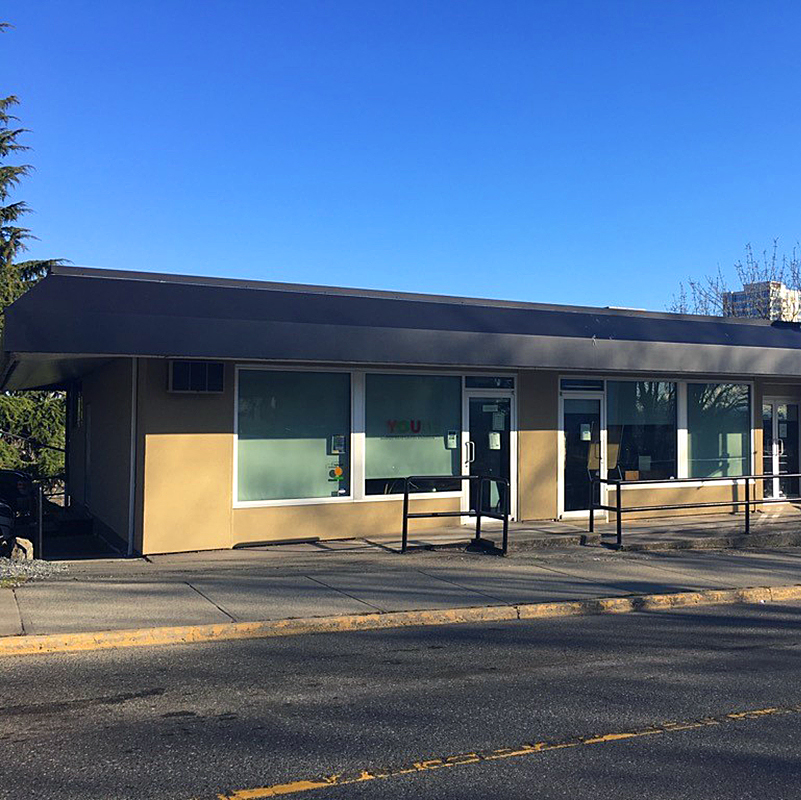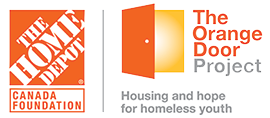
NYSA Vision:
Modelling a culture that instills independence, self-worth and a sense of agency in young people in a welcoming, secure and respectful environment.
NYSA Mission:
NYSA provides learning opportunities and support to youth so that they can succeed on their path to independence, while acknowledging that individuals are affected by their physical, mental, emotional and spiritual wellbeing.
Our 2023 Impact

130
work-ready youth trained

67
youth permanently housed

78
supported through outreach

427
walk-in issues resolved
Services
What We Do
Housing Centre
Housing for youth 15 to 19
and 19 to 29
futures centre
Job readiness training, life skills and more are on the menu in the Futures Centre.
wellness centre
Supporting youth’s physical, mental and emotional development.
A Special Thanks to Our Supporters















Receive Our Newsletter
Sign up to receive regular news from NYSA about it’s programming, success stories and other items of interest.
NYSA acknowledges our work takes place on Coast Salish territories and primarily the lands of the Snuneymuxw people.
